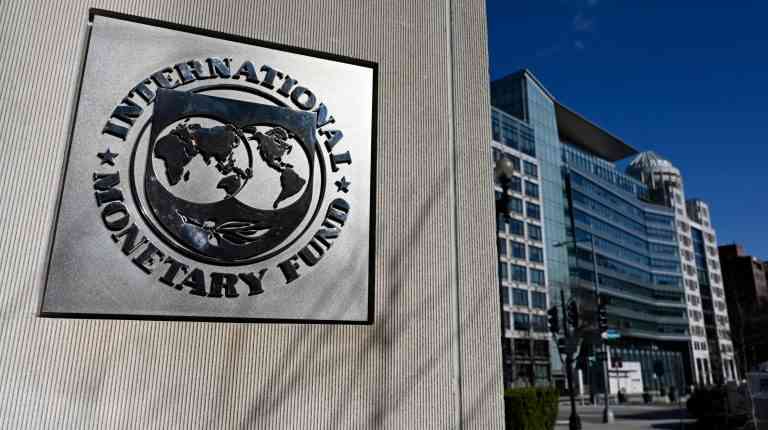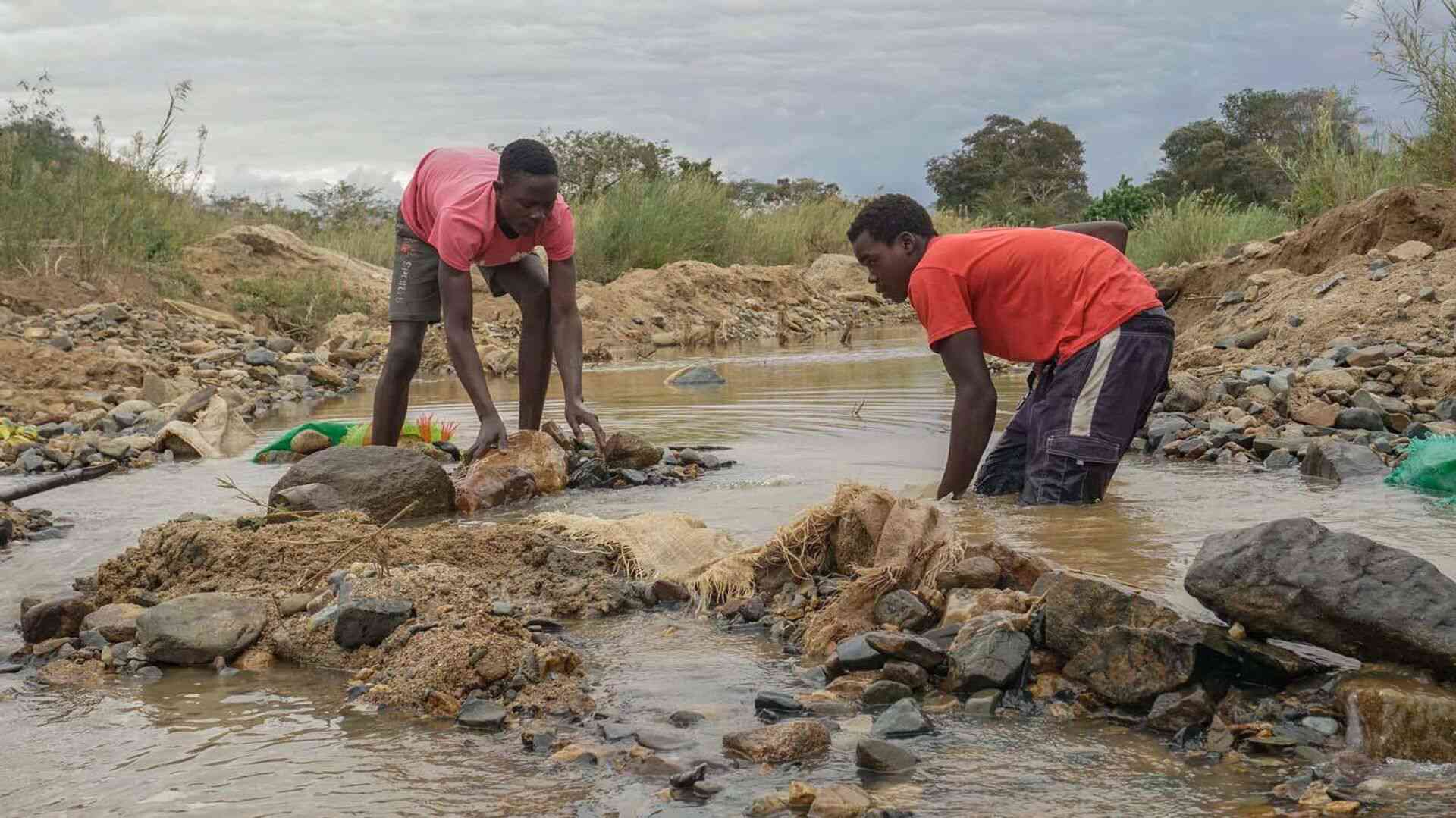
THE latest report by the International Monetary Fund (IMF) on Sub-Saharan Africa (SSA) is bearish on the economic growth prospects of the region for 2022 dragged by the ripple effects of geopolitical tensions on the global economy.
SSAs economy grew 4,6% in 2021 as the region bounced back from a Covid-19-induced global economic slowdown which was characterised by mass lockdowns the world over and supply chain disruptions.
However, the IMF notes that the growth this year is poised to slow steeply by more than one percentage point to 3,6%, as a worldwide slowdown, tighter global financial conditions, and a dramatic pickup in global inflation spill into a region "already wearied by an ongoing series of shocks."
Rising food and energy prices are striking at the region’s most vulnerable, and public debt and inflation are at levels not seen in decades. In fact, supply chain disruptions as a result of the Russo-Ukrainian conflict have squeezed the demand for food commodities and pushed food prices higher.
Themed "Living on the Edge;" the report released by the IMF highlights the uncertainties that lie ahead;
"Regionwide, growth is expected to slow to 3,6% in 2022 and 3,7% in 2023 because of muted investment and an overall worsening balance of trade (in volume terms). Oil exporters will grow by 3,3% in 2022, and other resource-intensive countries by 3,1%. Even with a drop in their terms of trade, diversified non-resource-intensive countries will continue to be among the region’s more dynamic and resilient economies, growing by 4,6%."
Globally, average wheat, maize, and rice prices in October 2022 are 18%, 27%, and 10% higher, respectively than in October 2021. Meanwhile, wheat and maize prices are 38% and 4% higher, respectively, and rice prices are 21% lower than in January 2021.
According to a recent publication by the World Bank:
- Mavhunga puts DeMbare into Chibuku quarterfinals
- Bulls to charge into Zimbabwe gold stocks
- Ndiraya concerned as goals dry up
- Letters: How solar power is transforming African farms
Keep Reading
"The war in Ukraine has altered global patterns of trade, production, and consumption of commodities in ways that will keep prices at high levels through the end of 2024 exacerbating food insecurity and inflation."
Given the inherent risks as a result of the economic slowdown, the IMF presented a fair outlook:
"Looking ahead, the outlook for 2022 and 2023 is extremely uncertain. Sub-Saharan Africa’s prospects are tied firmly to developments in the global economy, and three key factors will shape the near-term path:
the monetary policy response of the world’s largest economies to elevated inflation
the war in Ukraine, and
the ongoing impact of Covid-19-related lockdowns and supply chain disruptions."
The IMF applauded Zimbabwe's tight monetary policy as a necessary tool to get the economy out of the woods. At 200%, Zimbabwe has the highest interest rates in the world as it grapples with an inflation that peaked at 285% in August 2022.
"In some instances, authorities may need to adjust policies more aggressively. For example, a rapid tightening may be needed in countries with very high inflation (Zimbabwe) or acute domestic demand pressures (Ghana). For countries with pegged exchange rates, the amount of tightening needed will vary, but both monetary and fiscal policy should be consistent with supporting reserves and maintaining the credibility of the peg", reads the report.
However it is my view that while the pursuit of a hawkish stance by Zimbabwe's central bank may be adopted toward macroeconomic stability, this will also have the effect of slowing down economic growth for an economy already embattled with low industry capacity utilisation, high unemployment, food insecurity and foreign currency shortages among other hurdles.
Going into 2023, the central bank and treasury may need to engage in coordinated policies which stimulate accelerated GDP growth.
Mabunda is an analyst and TV anchor at Equity Axis, a leading financial research firm in Zimbabwe. — ebenm@equityaxis.net










